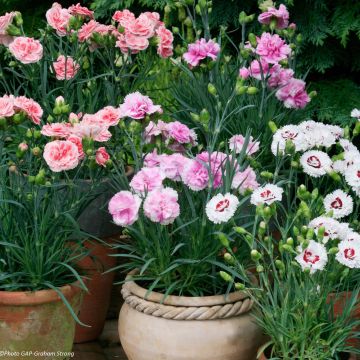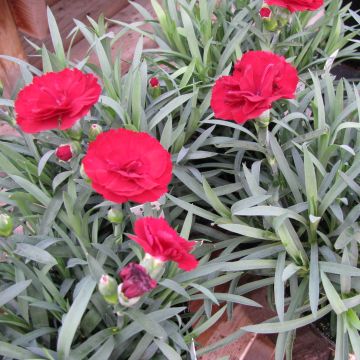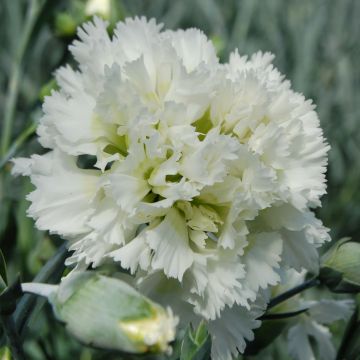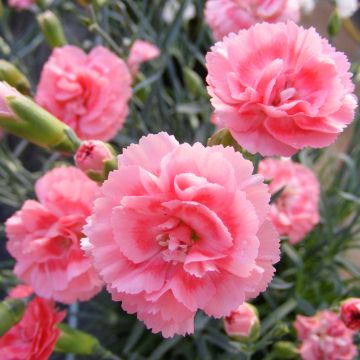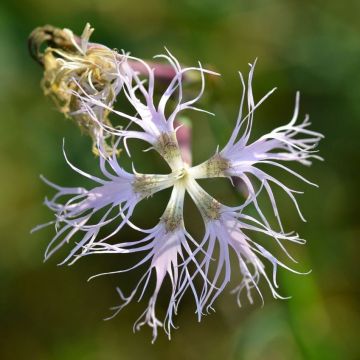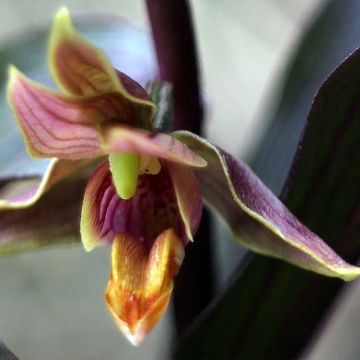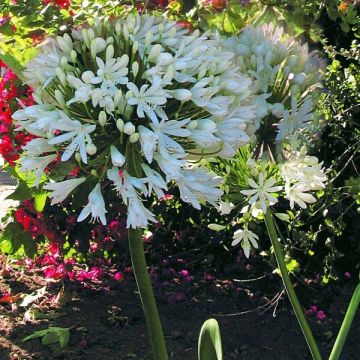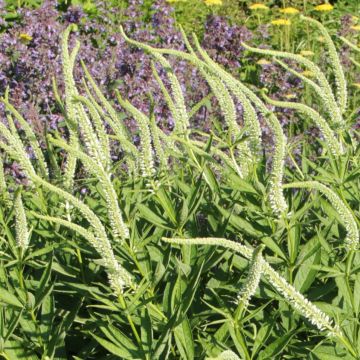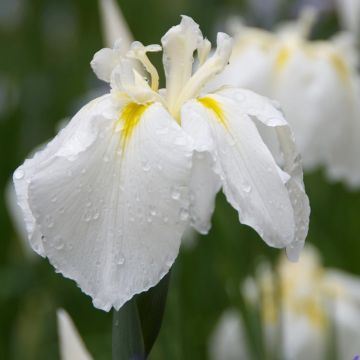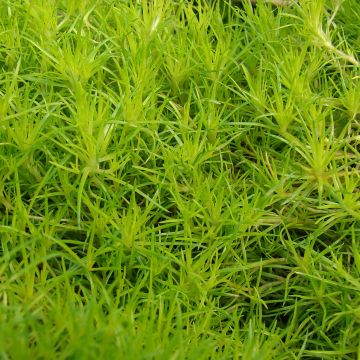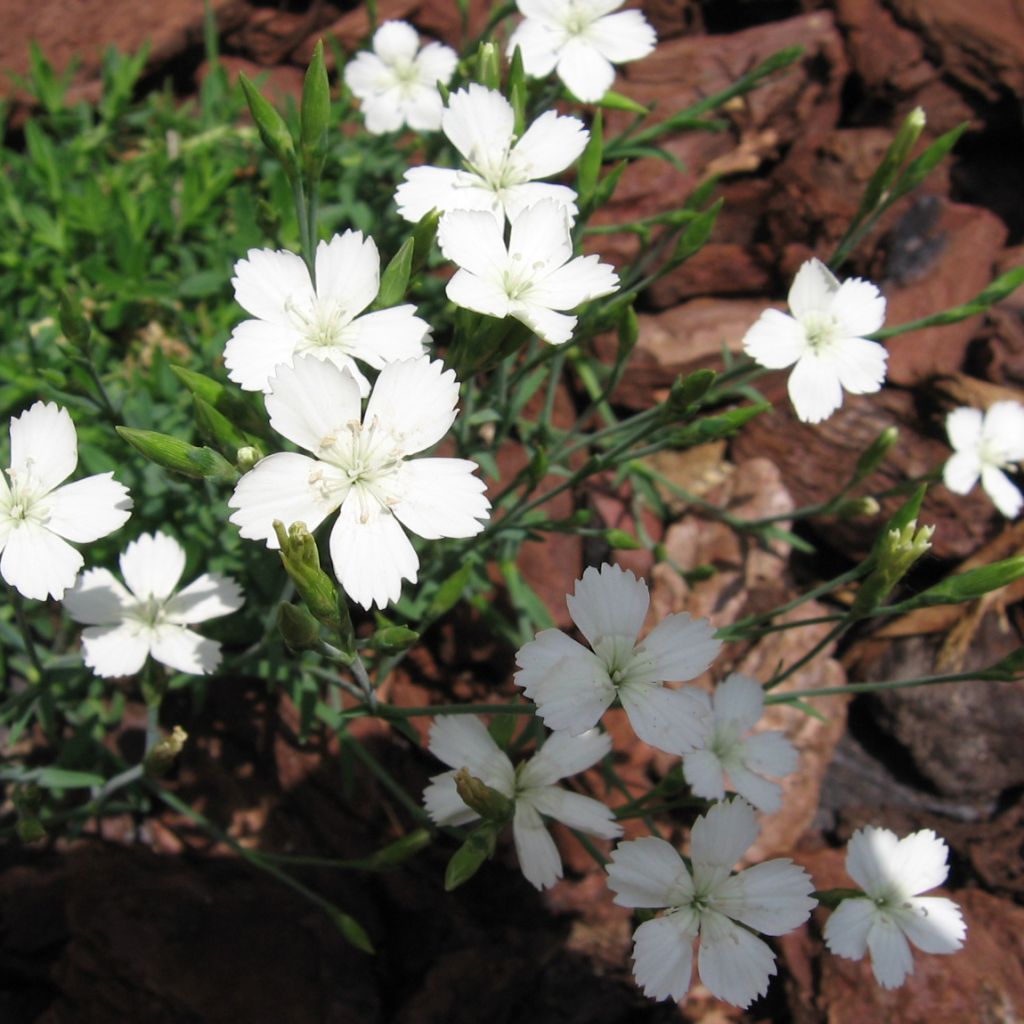

Dianthus deltoides Albiflorus
Dianthus deltoides Albiflorus
Dianthus deltoides Albiflorus
Maiden Pink
Beautiful young plant arrived in good condition with plenty of flowers.
Raquel, 22/05/2023
This item cannot be shipped to the selected country
Delivery charge from €5.90
Delivery charge from €5.90
More information
Schedule delivery date,
and select date in basket
This plant carries a 12 months recovery warranty
More information
We guarantee the quality of our plants for a full growing cycle, and will replace at our expense any plant that fails to recover under normal climatic and planting conditions.
From €5.90 for pickup delivery and €6.90 for home delivery
Express home delivery from €8.90.
From €5.90 for pickup delivery and €6.90 for home delivery
Express home delivery from €8.90.

Does this plant fit my garden?
Set up your Plantfit profile →
Description
Dianthus deltoides 'Albiflorus', also known as delta pink or heath pink, forms a small, spreading, evergreen and floriferous cushion. The white fringed flowers are fragrant and the leaves are tiny. This fast-growing perennial combines robustness, frugality, and floriferousness. This drought-resistant perennial is ideal for rockeries and walls, in full sun.
'Albiflorus' belongs to the Caryophyllaceae family. It is a white-flowered variety of Dianthus deltoides, native to Europe and temperate Asia, where it grows in dry areas, heathlands, hills, woodland edges, and poor meadows. This pink grows quickly. Its mature size will not exceed 15cm (6in) in height, with a spread of 30cm (12in) and more as it spreads over the years. It forms a small prostrate clump with a spreading habit. Its small, linear, medium greyish-green leaves are sometimes tinged with violet. They are evergreen and flexible, appearing tightly packed on slender stems. The flowering begins in May and June, lasting until August if the soil is not too dry. The plant is then covered continuously with small, fragrant, white fringed flowers, at the top of usually uniflorous stems.
It is ideal planted in an open location where it can spread in the sun. It is magnificent in a rockery, on a well-drained embankment, or at the top of a dry-stone wall. This plant can fill the base of bushes, or in large containers or alpine troughs. In heavy or clayey soils, add some shovelfuls of gravel and coarse sand to facilitate water drainage. It goes well with mountain plants such as alyssums, soapworts, creeping phlox (P. subulata and P. douglasii), aubrietas, candytufts, and rockroses.
The genus name dianthus comes from the Greek 'dios' for 'Jupiter or divine' and 'anthos' for 'flower'. These dianthus, or 'divine flowers', were named as such by Theophrastus due to their sweet fragrance and beauty.
Report an error about the product description
Dianthus deltoides Albiflorus in pictures
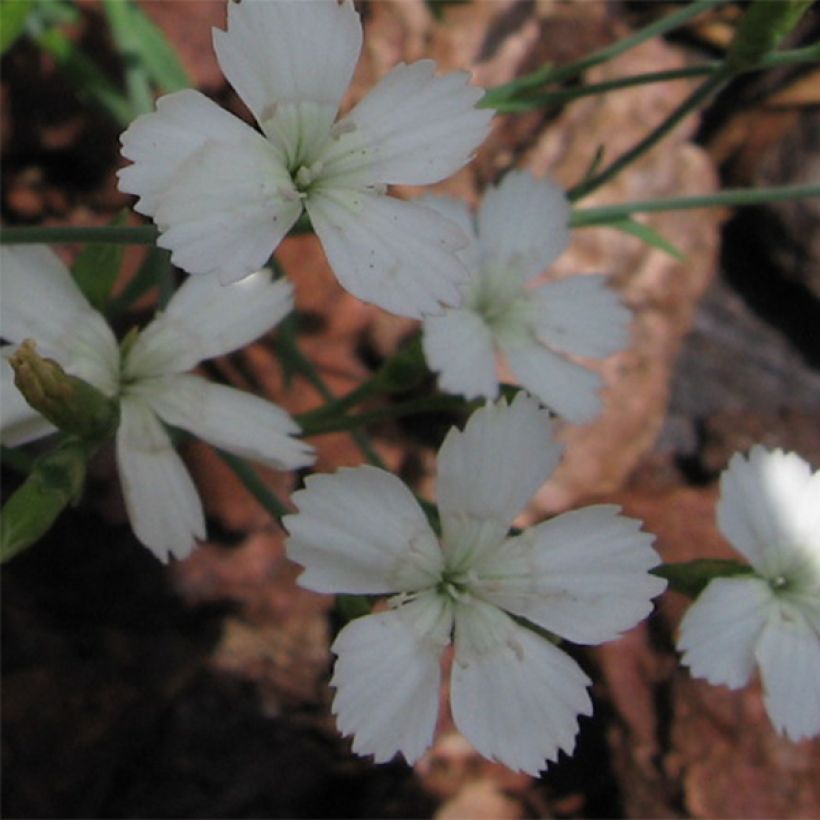

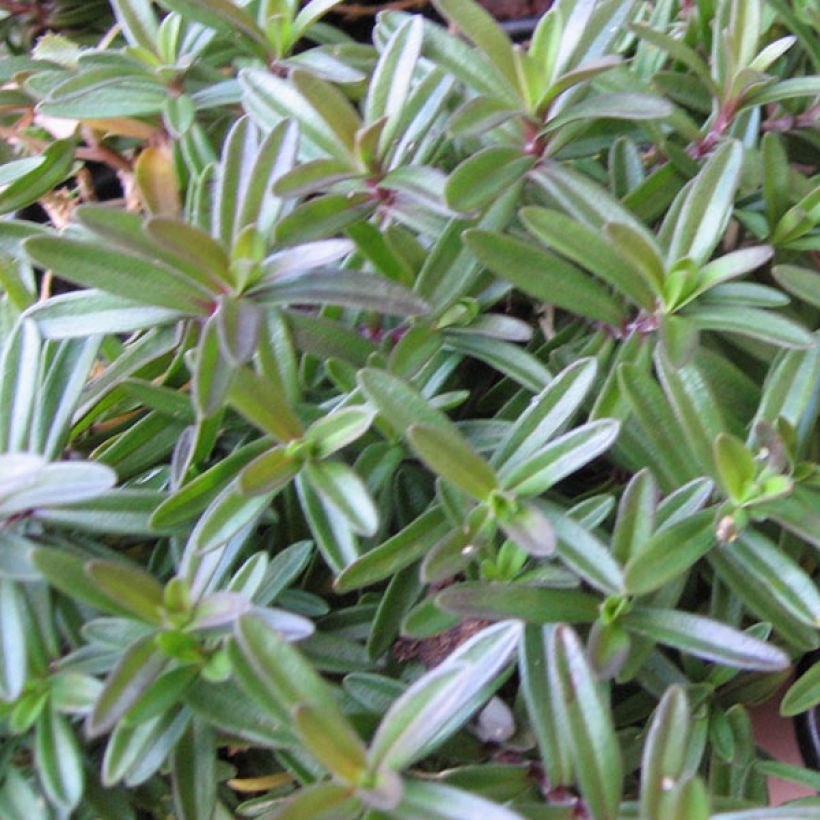

Flowering
Foliage
Plant habit
Botanical data
Dianthus
deltoides
Albiflorus
Caryophyllaceae
Maiden Pink
Cultivar or hybrid
Other Dianthus - Pinks
Planting and care
Plant Dianthus deltoides 'Albiflorus' in ordinary, permeable and humus-bearing, rocky or limestone, moist to dry and especially well-drained soil. Gravel-rich soil yields good results. This vine-plant prefers a very sunny exposure. Only water in case of prolonged drought. Regularly remove faded flowers to encourage flowering and prolong its lifespan. It self-seeds abundantly in rocky soil if care is taken to let some fruits ripen. Lightly trim the clump after flowering to help it fill in. Cut back dry vegetation no later than the end of winter. Apply a balanced fertiliser to poor soil in March. It does not appreciate the competition of invasive plants, which can kill it by imposing too much shade.
Planting period
Intended location
Care
-
, onOrder confirmed
Reply from on Promesse de fleurs
Summer flowering perennials
Haven't found what you were looking for?
Hardiness is the lowest winter temperature a plant can endure without suffering serious damage or even dying. However, hardiness is affected by location (a sheltered area, such as a patio), protection (winter cover) and soil type (hardiness is improved by well-drained soil).

Photo Sharing Terms & Conditions
In order to encourage gardeners to interact and share their experiences, Promesse de fleurs offers various media enabling content to be uploaded onto its Site - in particular via the ‘Photo sharing’ module.
The User agrees to refrain from:
- Posting any content that is illegal, prejudicial, insulting, racist, inciteful to hatred, revisionist, contrary to public decency, that infringes on privacy or on the privacy rights of third parties, in particular the publicity rights of persons and goods, intellectual property rights, or the right to privacy.
- Submitting content on behalf of a third party;
- Impersonate the identity of a third party and/or publish any personal information about a third party;
In general, the User undertakes to refrain from any unethical behaviour.
All Content (in particular text, comments, files, images, photos, videos, creative works, etc.), which may be subject to property or intellectual property rights, image or other private rights, shall remain the property of the User, subject to the limited rights granted by the terms of the licence granted by Promesse de fleurs as stated below. Users are at liberty to publish or not to publish such Content on the Site, notably via the ‘Photo Sharing’ facility, and accept that this Content shall be made public and freely accessible, notably on the Internet.
Users further acknowledge, undertake to have ,and guarantee that they hold all necessary rights and permissions to publish such material on the Site, in particular with regard to the legislation in force pertaining to any privacy, property, intellectual property, image, or contractual rights, or rights of any other nature. By publishing such Content on the Site, Users acknowledge accepting full liability as publishers of the Content within the meaning of the law, and grant Promesse de fleurs, free of charge, an inclusive, worldwide licence for the said Content for the entire duration of its publication, including all reproduction, representation, up/downloading, displaying, performing, transmission, and storage rights.
Users also grant permission for their name to be linked to the Content and accept that this link may not always be made available.
By engaging in posting material, Users consent to their Content becoming automatically accessible on the Internet, in particular on other sites and/or blogs and/or web pages of the Promesse de fleurs site, including in particular social pages and the Promesse de fleurs catalogue.
Users may secure the removal of entrusted content free of charge by issuing a simple request via our contact form.
The flowering period indicated on our website applies to countries and regions located in USDA zone 8 (France, the United Kingdom, Ireland, the Netherlands, etc.)
It will vary according to where you live:
- In zones 9 to 10 (Italy, Spain, Greece, etc.), flowering will occur about 2 to 4 weeks earlier.
- In zones 6 to 7 (Germany, Poland, Slovenia, and lower mountainous regions), flowering will be delayed by 2 to 3 weeks.
- In zone 5 (Central Europe, Scandinavia), blooming will be delayed by 3 to 5 weeks.
In temperate climates, pruning of spring-flowering shrubs (forsythia, spireas, etc.) should be done just after flowering.
Pruning of summer-flowering shrubs (Indian Lilac, Perovskia, etc.) can be done in winter or spring.
In cold regions as well as with frost-sensitive plants, avoid pruning too early when severe frosts may still occur.
The planting period indicated on our website applies to countries and regions located in USDA zone 8 (France, United Kingdom, Ireland, Netherlands).
It will vary according to where you live:
- In Mediterranean zones (Marseille, Madrid, Milan, etc.), autumn and winter are the best planting periods.
- In continental zones (Strasbourg, Munich, Vienna, etc.), delay planting by 2 to 3 weeks in spring and bring it forward by 2 to 4 weeks in autumn.
- In mountainous regions (the Alps, Pyrenees, Carpathians, etc.), it is best to plant in late spring (May-June) or late summer (August-September).
The harvesting period indicated on our website applies to countries and regions in USDA zone 8 (France, England, Ireland, the Netherlands).
In colder areas (Scandinavia, Poland, Austria...) fruit and vegetable harvests are likely to be delayed by 3-4 weeks.
In warmer areas (Italy, Spain, Greece, etc.), harvesting will probably take place earlier, depending on weather conditions.
The sowing periods indicated on our website apply to countries and regions within USDA Zone 8 (France, UK, Ireland, Netherlands).
In colder areas (Scandinavia, Poland, Austria...), delay any outdoor sowing by 3-4 weeks, or sow under glass.
In warmer climes (Italy, Spain, Greece, etc.), bring outdoor sowing forward by a few weeks.


































